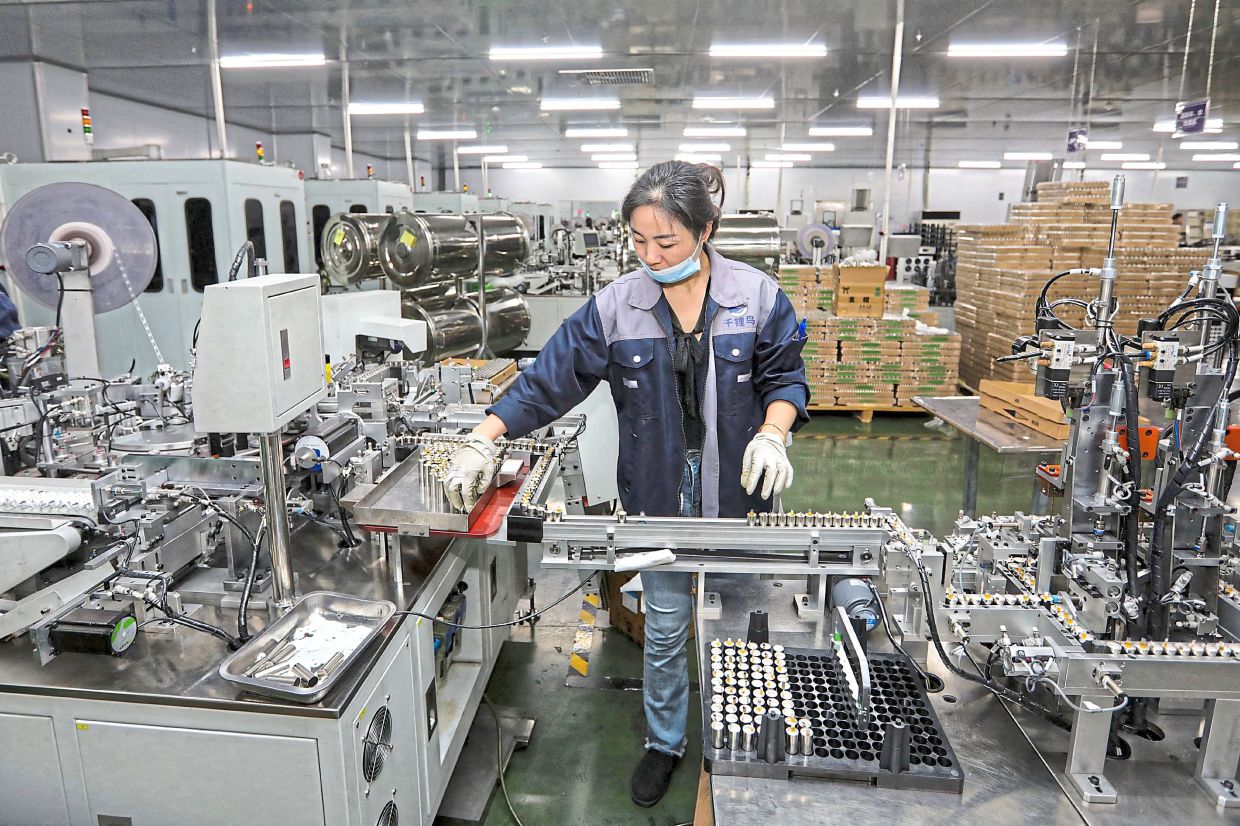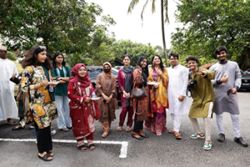
Khor Yu Leng is a political economist and specialist in green supply chains and farm commodities at Segi Enam Advisors Pte Ltd. She says there is a possibility that the palm oil economy will not be adequate to support the densities of rural populations everywhere.
THE oil palm sector has been receiving more attention from the authorities lately, particularly during the last two election cycles. This augurs well for smallholders who will benefit from policy changes to upgrade the sector.
There are 2.5 million hectares of oil palm in Peninsular Malaysia, or 20% of the land area. In comparison, rice is grown on only 0.3 million ha and forests cover 5.7 million ha. Nationwide, there is nearly 0.7 million ha of oil palm with organised smallholders and just over 0.8 million ha with independent smallholders, largely in the peninsula.
Oil palm has consistently delivered to the economy although this vote bank for Umno-Barisan Nasional has swung to PAS-Perikatan Nasional. These voters now prevail in the north and east of the peninsula and through to northern Selangor and into parts of Negeri Sembilan.
A growing rural population squeezes into the same planted area that was mostly developed during the anti-poverty development drive in the 1960s and 1980s. (By 1990, oil palm accounted for more than a third of Malaysia’s crop area). This was led by government agencies like Felda, Felcra, Risda and others at state level, including in Sabah and Sarawak.
With Malaysia’s urban industrial prospects faltering in the face of stiff international competition, Felda’s demands and complaints have become particularly prominent in peninsula politics.
More village homes have also been built to accommodate younger families in many areas. Smallholder replanting is likely in the advanced stages, and young oil palms may have lower yields in some areas, but this will increase when the palms mature.
The unity government is now thinking hard about how to rejuvenate the rural political economy. Plantation Industries and Commodities Minister Datuk Seri Johari Abdul Ghani has raised concerns about low yields in smallholders areas, with fresh fruit bunch yield being half that of corporate estates.
This situation needs careful analysis. How much of this can be attributed to young or older trees, delayed planting, disease impact, poor planting materials, good agricultural practices, or inadequate labour?
The benchmark crude palm oil (CPO) yield per hectare for Malaysia has fallen from 4.5 tonnes to around 3.5 tonnes over the last 10 years.
Corporate growers are dominant in Malaysia, occupying nearly three-quarters of the oil palm areas. In contrast, the Thai model is smallholder-centric (over 90% farmer-led) and their yield has risen from around 3.0 tonnes to 3.5 tonnes in the same period.
Thai farmers (averaging 2ha each) not only outperform their Malaysian counterparts, but they also outdo quite a number of corporate estates.
There are several ways to rejuvenate Malaysian smallholders, including engaging corporate sector players and adopting an outcome-driven smallholder-centric system.
In Indonesia, those with concessions are obligated to assist smallholders with development and operation. In some cases, the inti or corporate even fully manages the plasma area with hired labour and without any effort from smallholder owners, who receive payouts.
A CPO fund is also part of the Indonesian system, into which estates contribute hefty amounts to fund industry needs, mainly biodiesel subsidies. Smallholders often ask for more allocations from this fund, including for replanting, which is a costly capital-intensive process for this tree crop every 20 to 25 years.
By 1990, the starting cost of a Felda settler was RM50,000 (over US$19,000 then). The settler repaid two-thirds of it over 15 years with 6.25% interest, primarily for the cost of 4ha of oil palm holdings and a house (and nothing for land, infrastructure or management). And with inflation, costs are rising. Replanting costs nowadays are estimated at RM20,000 per hectare or higher.
A company can finance and manage billions for smallholders, but smallholders are usually a minority. What will be rejuvenated for large groups of smallholders at Felda and Felcra? Would a newer version of such agencies be able to gain the trust of independent smallholders in order to cluster their activities?
What about the Thai bottom up model? Would Malaysian youths be able to take over smallholdings and become efficient farmers and form farmer associations to represent their interests? Will they demand a “palm oil plus” approach to increase revenue per hectare?
There is a possibility that the palm oil economy will not be adequate to support the densities of rural populations everywhere.
This article first appeared in Star Biz7 weekly edition.










































